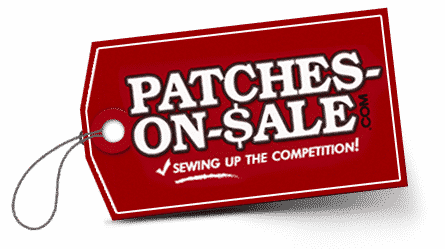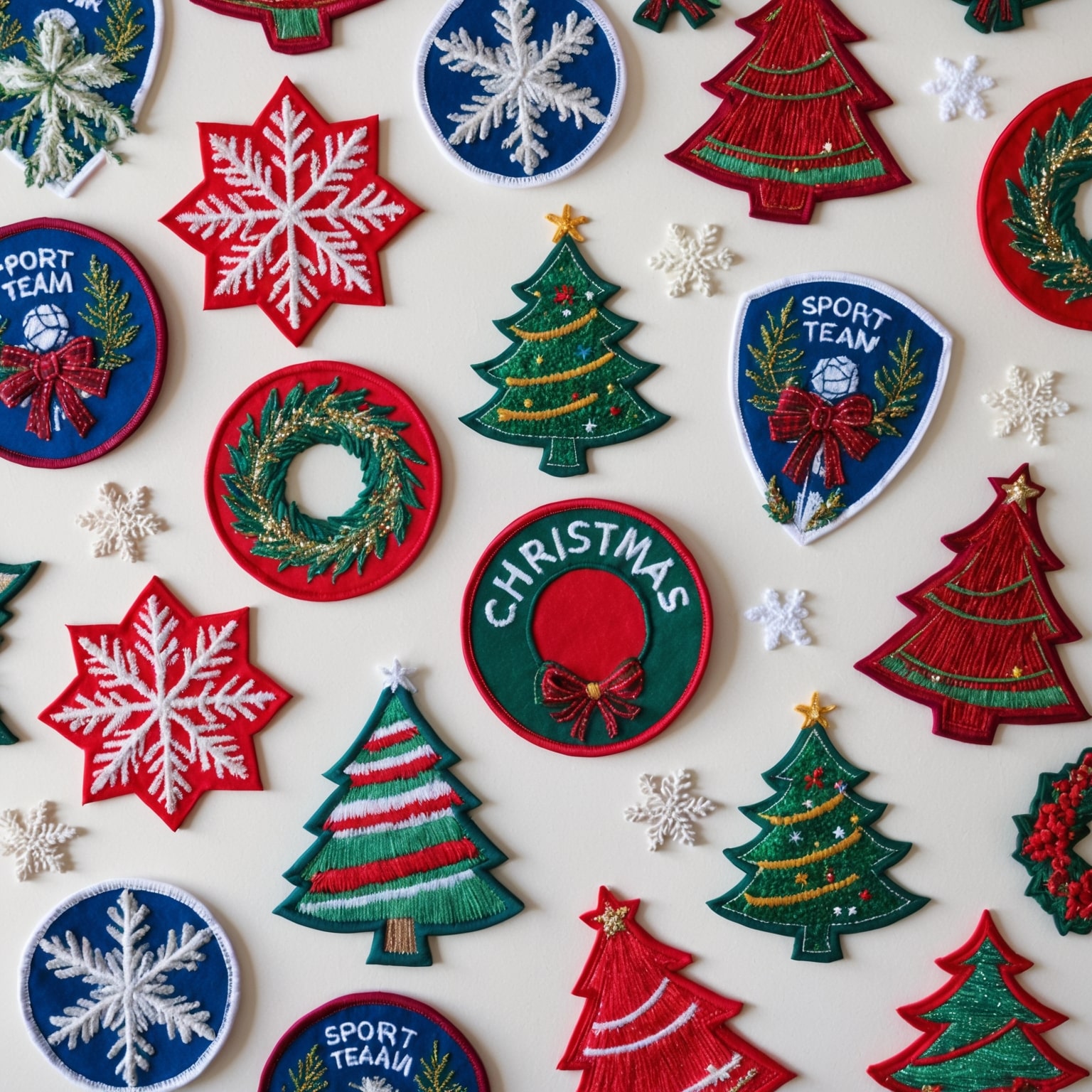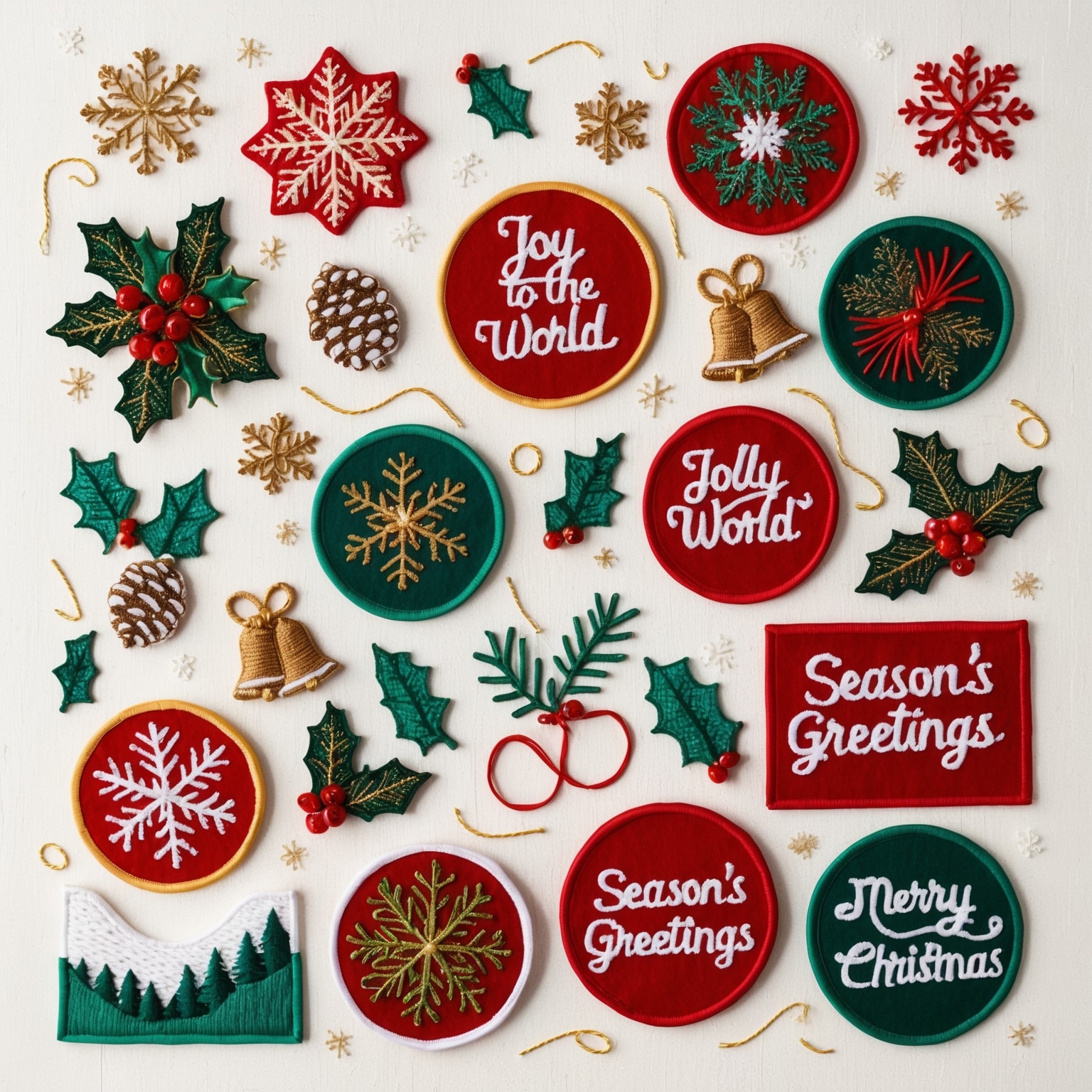The Quest for Durability
Imagine you’ve just received a custom patch—meticulously designed, rich in color, and bursting with personal significance. You’re eager to attach it to your favorite jacket or backpack, proudly displaying your identity or allegiance. But wait—how do you ensure this patch stands the test of time? Finding the right material is crucial. Today, we unravel the mysteries of patch materials, helping you discover the most durable option that perfectly suits your needs.
Understanding Patch Material Impact
In the world of custom patches, durability isn’t just a matter of longevity—it’s about preserving memories, maintaining aesthetics, and withstand the rigors of daily life. The wrong material can fade, fray, or lose shape over time, diminishing the patch’s impact and your investment. With countless materials available—from traditional fabrics to modern synthetics—choosing the right one can be daunting. How do you navigate this sea of options to find the perfect match for your patch?
Does Material Matter That Much?
You might think, “A patch is a patch—does material really matter that much?” Absolutely. Consider your patch as a piece of art or a cherished keepsake. The material not only affects its appearance but also determines its durability and resilience. Investing in high-quality materials ensures your patch remains vibrant and intact, preserving its significance for years to come. Let’s dive into the world of patch materials to uncover their unique qualities and benefits.
Understanding Patch Material Options
To decode patch materials and their durability, let’s explore some common options and their characteristics:
- Embroidered Fabric: Traditional and timeless, embroidered fabric patches are made from cotton or polyester threads stitched onto a base fabric. They offer a classic look and feel, ideal for intricate designs and detailed artwork. However, their durability can vary based on thread quality and stitching density.
- PVC (Polyvinyl Chloride): PVC patches are made from a flexible plastic material that is durable, waterproof, and resistant to fading and fraying. They are highly customizable, with vibrant colors and 3D textures. PVC patches are perfect for outdoor use and environments where durability is paramount.
- Woven Patches: Woven patches use thin threads woven together to create detailed designs. They are lightweight yet durable, with a smooth texture that’s ideal for intricate logos and lettering. Woven patches are less prone to fraying and offer excellent color retention. You can find examples here.
- Leather Patches: Leather patches are stylish and durable, offering a rugged look that ages beautifully over time. They are often used for high-end applications and can withstand wear and tear while retaining their aesthetic appeal.
You can find some more information here.
Choosing the Right Material for Your Needs
Now that we’ve explored different patch materials, how do you choose the most durable option for your specific needs? Consider the following factors:
- Intended Use: Will your patch be exposed to outdoor elements, frequent washing, or rough handling? PVC, rubber, and leather patches offer excellent durability for these conditions.
- Design Complexity: Does your patch feature intricate details or fine lettering? Embroidered or woven patches may be more suitable for capturing these nuances.
- Aesthetic Preference: Do you prefer a classic, textured look (like leather) or vibrant, 3D designs (like PVC)? Choose a material that complements your desired aesthetic and enhances your patch’s visual impact.
- Budget: While higher-quality materials often come with a higher price tag, they also offer superior durability and longevity. Consider your budget and the long-term value of investing in durable patch materials.
Decoding Durability in Patch Materials
In conclusion, choosing the right patch material is essential for ensuring durability, longevity, and visual impact. Whether you opt for the timeless elegance of embroidered fabric, the rugged durability of leather, or the modern versatility of PVC, each material offers unique benefits to suit your needs. By understanding the characteristics of different patch materials and considering factors like intended use, design complexity, aesthetic preference, and budget, you can confidently select the most durable option for your custom patches. So, as you embark on your patch journey, remember—the right material isn’t just about durability; it’s about preserving your story and making a lasting impression.
If you are interested in purchasing high-quality custom patches, feel free to call us at 1-877-503-8485 or fill out one of our free quotes here.




